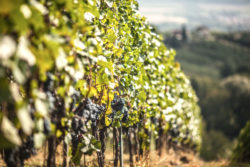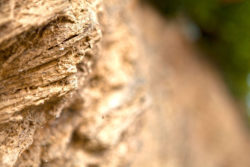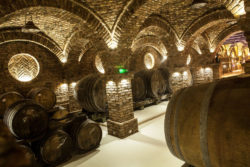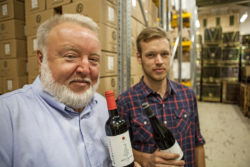Blaufränkisch – Mirror of Terroir

Eisenberg: Blaufränkisch vineyards © Matthias Stelzig
Eisenberg behind the Iron Curtain
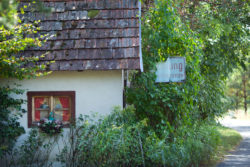
Old border near Eisenberg © Matthias Stelzig
Vinous Celts and confiscated tractors

Bottles containing Blaufränkisch © Matthias Stelzig
Farm fresh
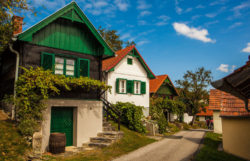
Kellerstöckel in Eisenberg © Matthias Stelzig

